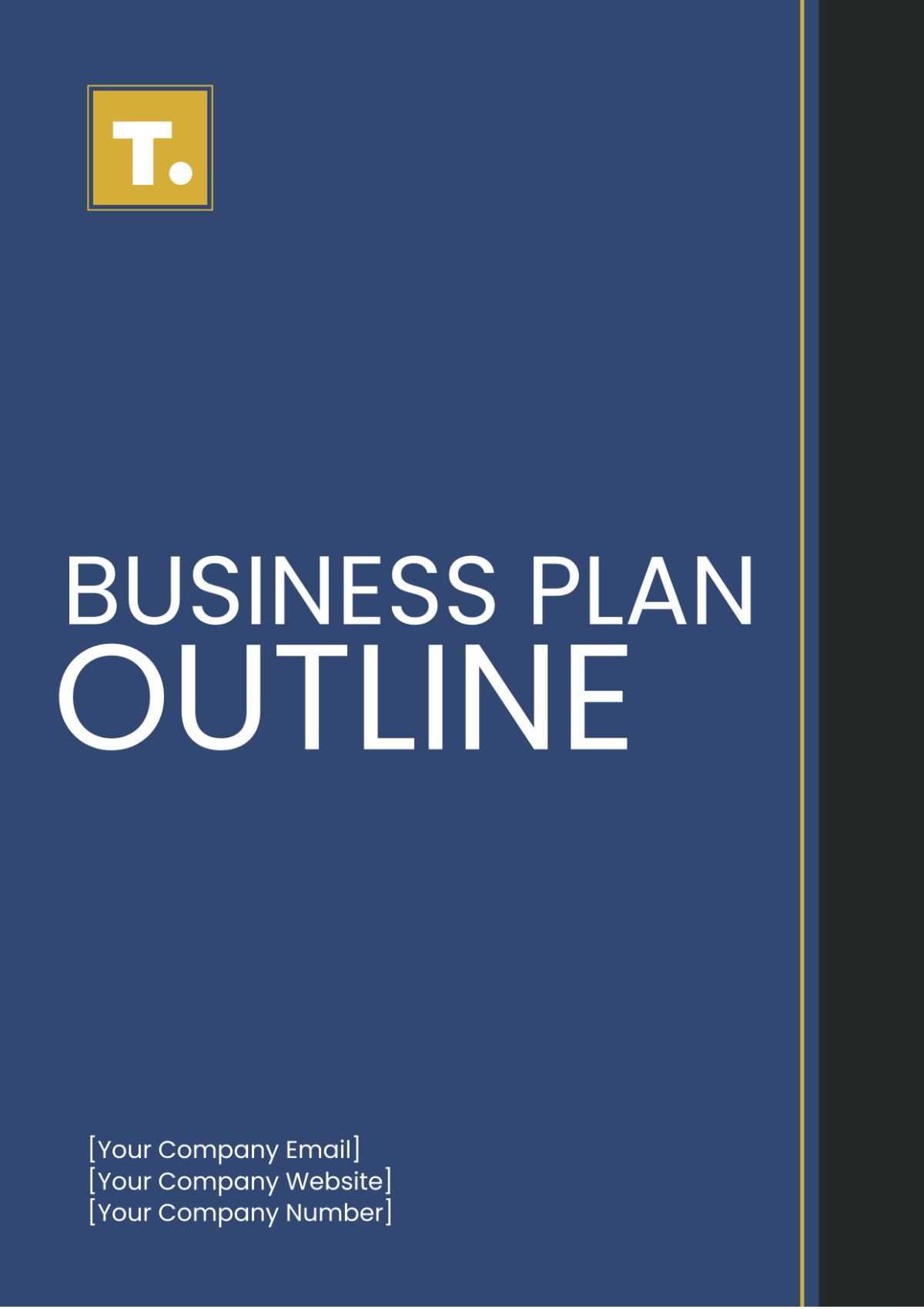Free Business Plan Outline

I. Executive Summary
Business Name: [Your Company Name
Location: [Your Company Address]
Mission: To provide innovative, sustainable, and health-conscious plant-based food products to consumers, promoting both personal health and environmental stewardship.
Vision: To become a leading brand in the plant-based food industry, recognized for our commitment to sustainability and quality.
Products: A variety of plant-based meals and snacks, focusing on taste, nutritional value, and minimal environmental impact.
Target Market: Health-conscious consumers, including vegetarians, vegans, and those reducing their meat intake, primarily within urban areas.
Objective: To achieve a market share of 10% in the plant-based food sector within 5 years, expand our product line, and support sustainable agriculture practices.
II. Company Description
[Your Company Name] aims to revolutionize the food industry by offering a range of high-quality, plant-based foods that support both health and the environment. Our products will be manufactured using sustainable methods, including organic ingredients, eco-friendly packaging, and ethical sourcing practices.
III. Market Analysis
Industry Overview: The plant-based food market has seen exponential growth, driven by consumer interest in health, sustainability, and ethical concerns.
Market Trends: Increasing awareness of environmental issues and health trends favoring plant-based diets.
Competitive Analysis: Major competitors include Beyond Meat, Impossible Foods, and local health food stores. [Your Company Name] will differentiate itself through unique product offerings and superior taste.
Target Audience: Detailed demographics analysis of health-conscious consumers, their buying behaviors, preferences, and willingness to spend.
IV. Organization and Management
Organizational Structure: A diagram of the company’s structure, detailing roles from management to operational staff.
Management Team: Profiles of key team members, including backgrounds in food industry, nutrition, and sustainability.
Legal Structure: Registered as an LLC in California, providing liability protection and flexibility.
V. Products and Services
Product Description: Detailed descriptions of the initial product line, including sourcing of ingredients, benefits, and packaging.
Future Products: Roadmap for new products and potential market expansion.
Customer Service: Guidelines for customer engagement, service policies, and community involvement.
VI. Marketing and Sales Strategy
Marketing Strategy: Strategies including digital marketing, influencer partnerships, community events, and PR campaigns.
Sales Strategy: Direct-to-consumer via online platforms, partnerships with supermarkets, and local food markets.
Positioning: Brand positioning statements and value propositions that distinguish [Your Company Name] in the market.
VII. Funding Requirements
Capital Requirements: Detailed breakdown of initial funding needed to launch the business, including production, marketing, and operational costs.
Funding Strategy: Plan for acquiring investment, including potential angel investors, venture capitalists, and government grants.
Financial Projections: Five-year financial forecast including profit and loss, cash flow statements, and break-even analysis.
VIII. Financial Plan
Revenue Streams: Direct sales, online subscription models, and wholesale distribution.
Major Costs: Production, sourcing, staffing, and marketing.
Profitability Forecast: Analysis of when [Your Company Name] is expected to become profitable.
Risk Analysis: Potential risks and mitigation strategies.
IX. Appendices
Supporting Documents: Legal documents, resumes of the management team, market research data, and technical product details.
Graphs and Tables: Market statistics, financial tables, and forecasts.
- 100% Customizable, free editor
- Access 1 Million+ Templates, photo’s & graphics
- Download or share as a template
- Click and replace photos, graphics, text, backgrounds
- Resize, crop, AI write & more
- Access advanced editor
Unlock the potential of your business with the Business Plan Outline Template offered by Template.net. This downloadable and printable resource is fully customizable, ensuring it fits perfectly with your unique business needs. Edit your template seamlessly with our AI Editor Tool, designed to streamline the planning process and enhance your strategy.
You may also like
- One Page Business Plan
- Coffee Shop Business Plan
- Restaurant Business Plan
- Food Business Plan
- Real Estate Business Plan
- Executive Summary Business Plan
- Cover Page Business Plan
- Nonprofit Business Plan
- Daycare Business Plan
- Construction Business Plan
- Startup Business Plan
- Medical Business Plan
- Bakery Business Plan
- Service Plan
- Hotel Business Plan
- Catering Business Plan
- School Business Plan
- Healthcare Business Plan
- Transportation Plan
- Sports Plan
- Car Wash Business Plan
- Salon Business Plan
- Clothing Business Plan
- Farming Business Plan
- Boutique Plan





























